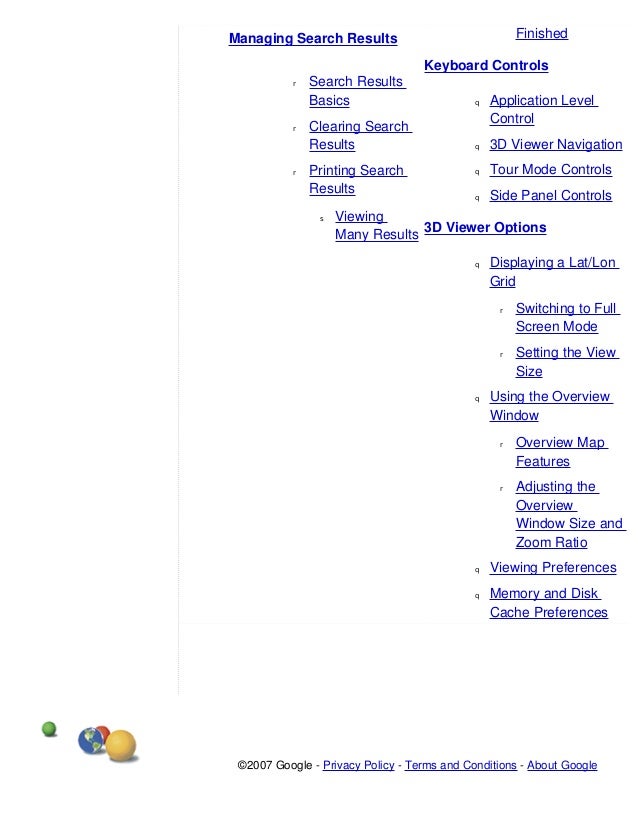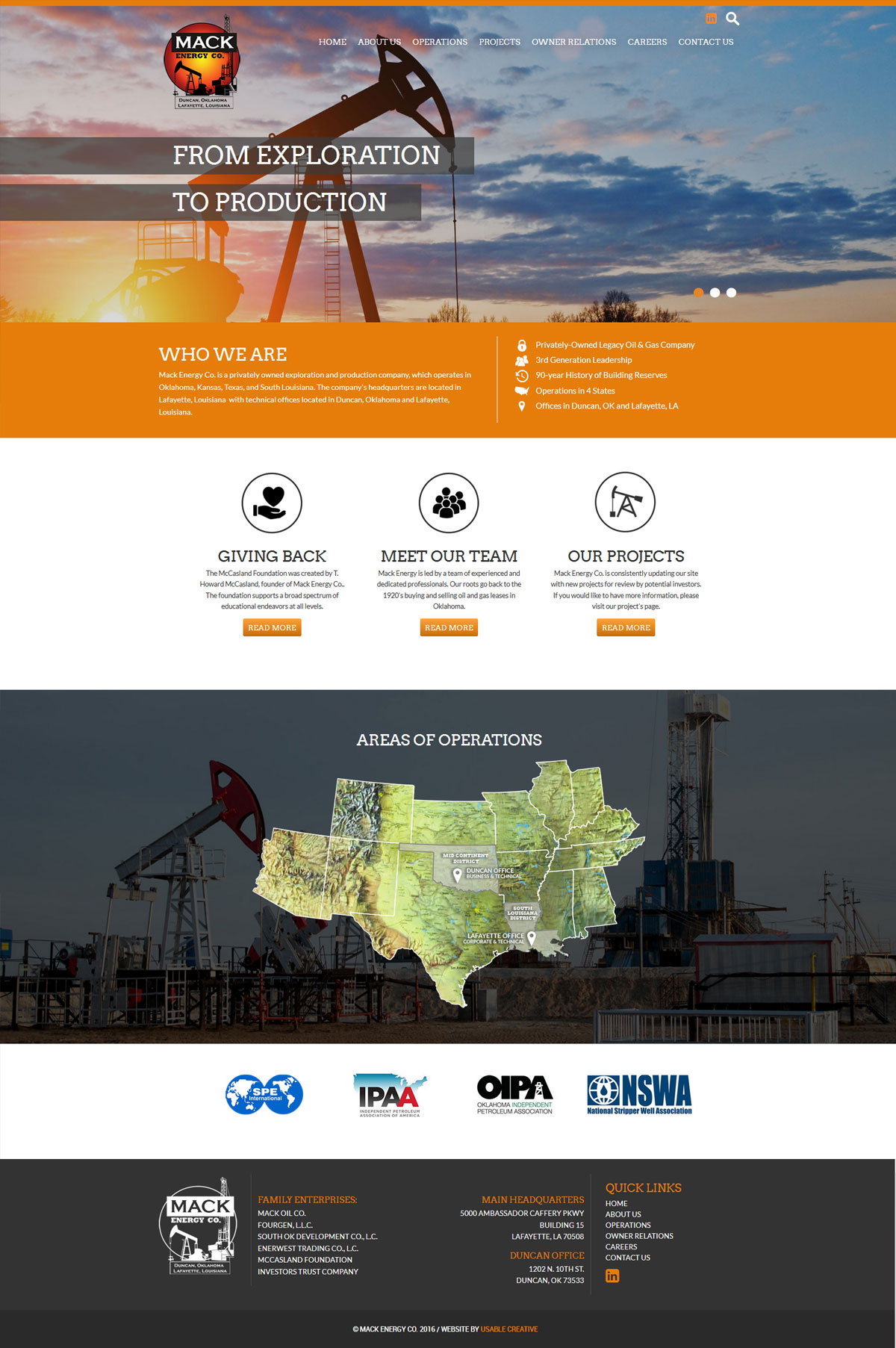- Clear Cache For Google Earth On Chrome
- Clear Cache For Google Earth On Windows 10
- Clear Cache On Google Earth
- Clear Cache For Google Earth On Safari
- Google Earth Online
Notice: A new version (V3.2) of the Keyhole Markup Language (.kmz) file for viewing the FEMA NFHL overlays in Google Earth has been released. The previous version of the FEMA NFHL V3.1 file will no longer work properly. Effective 02/15/2019, the new version (V3.2) incorporates Coastal Barrier Resource System (CBRS) data directly from the authoritative source at the Fish and Wildlife Service (FWS), rather than as a feature in FEMA's NFHL. Below are direct links to download the newest kmz version. Google Earth version 7.3 or higher must be used for this service. The Stay Dry file is not impacted.
Clear History and Cache on Google Earth on iPhone 6. Edited by Freya, Robert, Eng. Video: Clear History and Cache on Google Earth on iPhone 6. Hi, welcome to VisiHow. Today I'm going to teach you how to clear the search history and cache using the Google Earth application on the iPhone 6. Subscribe Now:More:Google Earth's cache file is a g.
 Contents
ContentsIntroduction
Google Earth is a popular Internet application through which users can view maps. This web site provides zipped Keyhole Markup Language (.kmz) files through which users can view map overlays created from FEMA's National Flood Hazard Layer on Google Earth images.
You must already have the Google Earth application installed on your computer to use these files. The starting point for obtaining the software is http://earth.google.com. Information about the system requirements needed for your computer to run the software is available through http://earth.google.com/support. A user guide is available at http://earth.google.com/userguide.
FEMA offers two applications: 'Stay Dry' and 'FEMA NFHL.' Stay Dry is more simple and focused. NFHL is less limited but more complex to use. Each is described below, and each has its own .kmz file. For optimum performance, please do not open both, and do not have more than one copy of each, in Google Earth at the same time.
To use the .kmz files, first save them to your computer. Do this by right-clicking on a hyperlinked file name below, choosing 'Save Target as' (Internet Explorer) or 'Save Link As' (Firefox), changing the file name if you wish (be sure that the file name has the extension .kmz), and clicking on save.
Clear Cache For Google Earth On Chrome

After saving the file, double-click on the file on your computer. This action should start Google Earth and provide the opening view for the application.
If you plan to use mapped flood information displayed in Google Earth for official purposes, insure that imagery and other map information displayed with the flood data meet FEMA's standards for map accuracy.
Some Geographic Information System (GIS) software can import GIS data encoded in the kmz format used for these applications. This technique is unlikely to work with the kmz files provided below. If you are interested in using the NFHL in GIS software, use the NFHL GIS data or NFHL Web Map Service (WMS) or Representative State Transfer REST) Service. All product options and services are available through FEMA's Map Service Center (MSC) at http://msc.fema.gov.
FEMA anticipates future improvements to the .kmz files, so please revisit this page occasionally to obtain the latest version.
Stay Dry
'Stay Dry' is a focused application that provides basic flood hazard map information from FEMA's National Flood Hazard Layer for an address. It allows you to view flood hazard zones and Flood Insurance Rate Map numbers and boundaries.
For best performance please delete or turn off previous versions of the 'Stay Dry' or 'FEMA NFHL' folders that you have loaded in Google Earth before using the new version of 'Stay Dry.'
FEMA NFHL
Clear Cache For Google Earth On Windows 10
'FEMA NFHL' is a general application that provides for the display of flood hazard zones and labels, floodways, Coastal Barrier Resources System and Otherwise Protected Area units, community boundaries and names, base flood elevations, cross sections and coastal transects and their labels, hydraulic and flood control structures, flood profile baselines, coastal transect baselines, limit of moderate wave action lines, river mile markers, and Flood Insurance Rate Map and Letter of Map Revision boundaries and numbers. Additional reference layers include the status of NFHL data availability, point locations for Letters of Map Amendment (LOMAs) and Letters of Map Revision Based on Fill (LOMR�Fs). You control the information displayed by turning layers on and off. A basic knowledge of Google Earth and FEMA flood hazard information will help users of this application.
The name of each layer is hyperlinked to a description of the layer, the map symbols used for the layer, and links to other FEMA web sites relevant to the layer. If a layer is turned on, clicking the text below the name of the layer (text that starts with 'Draws at�') zooms the Google Earth view to a sample display of the layer. Layers are organized for display at one or more of three 'eye altitude' (map scale) ranges in Google Earth: status maps at high altitudes, regional overviews of flood hazards at medium altitudes, and detailed flood hazard maps at low altitudes. Click on the hyperlinked folder name of the application to see the altitudes at which data in the layers are displayed.
For best performance please delete or turn off previous versions of the 'Stay Dry' or 'FEMA NFHL' folders that you have loaded in Google Earth before using the new version of 'FEMA NFHL.'
Getting Started in Google Earth™
You must have the Google Earth viewer software installed on your computer. You can obtain the software at http://earth.google.com/.
For best performance, please delete or turn off previous versions of the Stay Dry or FEMA NFHL folders that you have loaded in Google Earth.
Opening the ApplicationClear Cache On Google Earth
First session: Double-click on the FEMA NFHL .kmz file that you downloaded to your computer. Google Earth will open and display the FEMA NFHL welcome button (see area a in Figure 1), a map overlay that shows the status of data coverage (see area b), and the 'National Flood Hazard Layer (FEMA)' folder under Temporary Places in the 'Places'panel (area c). Other important areas are the navigation controls for Google Earth (area d) and the eye altitude ('Eye alt') readout (area e).
Figure 1. Opening view for the FEMA NFHL utility. Areas of interest include the (A) Quick Start Guide, (B) �Fly to� Search bar, (C) 'National Flood Hazard Layer (FEMA)' folder, (D) eye altitude readout, (E) map legend, and (F) navigation controls. |
What data layers are available and at what eye altitudes do they display?
| For 'high' eye altitudes (higher than 25 miles): | For 'medium' and 'low' eye altitudes (from 25 miles to maximum zoom): |
|---|---|
|
|

Frequently Asked Questions (FAQs)

If you have any questions or concerns please contact MIP Help (miphelp@riskmapcds.com) or the FEMA Map Information eXchange (FMIX) at 1-877-FEMA-MAP.
Clear Cache For Google Earth On Safari
When you view a location in Google Earth, it caches the imagery data (but not the elevation data), storing it locally so that as you scroll back and forth across different areas, it doesn’t have to download the same imagery over and over again from the server on the Internet. There are actually two sets of locally cached data:
Memory Cache: Data stored in system RAM. This information can be retrieved very quickly, but vanishes when you exit the application.
Disk Cache: Data stored on the hard drive, and which persists after program exit. So if you have data cached for a particular area in Google Earth, exit the program, and then return to the same area the next time you use Google Earth, GE will load the imagery information directly from the hard drive cache – a lot faster than having to download it again over the Internet.
The size of these caches can be set in the Tools => Options section, under the Cache tab:
The maximum values are the ones above, 500MB for memory cache, and 2GB (2000MB) for disk cache; apparently, Google doesn’t want people to download the entire imagery dataset for the whole planet to their systems :). If you’ve got the disk space, and most modern systems do, you should definitely set the disk cache size at this maximum value. Optimum value for the memory cache will depend on how much RAM you have installed on your system, and how much your OS uses. If you have a system with a relatively small amount of RAM (512 MB to 1 GB), making this memory cache too large might impede performance. On most modern systems, with 2GB or more of RAM, the maximum memory cache size of 500MB shouldn’t cause any problems.
Disk cache data is stored by default in the C:Usersyour_user_nameAppDataLocalGoogleGoogleEarth directory in Windows Vista.If you can’t find it there, you can determine the actual location using the registry entry HKEY-CURRENT-User/Software/Google /Google Earth Plus, under the CachePath entry. There are two files: dbCache.dat which contains the actual data, and dbCache.dat.index, which presumably is the index file for the data. You can clear out all the disk cache data using the “Clear disk cache” button, which removes all the data but keeps the files there. To delete the files completely, you need to either log out of the server (File => Server Log Out) and then click the “Delete cache file” button you see above, or exit Google Earth and delete those two files directly from the cache directory. You can also copy them to another directory to hang on to them.
Why would you want to delete or copy these files? Two reasons:
1. If you’re having crashing or graphics issues with Google Earth, Google recommends deleting the disk cache files as one possible fix.
2. You can “pre-cache” a set of data for a particular area of interest, then copy them to a different directory on your hard drive. Then, when you want to look at this area in detail in Google Earth, you can copy these files back to the original directory, and Google Earth will access this data from the hard drive, a lot faster than downloading it again from the Google Earth server. If you have a decent Internet connection all the time, this is likely to be more trouble than it’s worth. But if you have a slow connection, this can speed things up enormously. And if you’d like to use Google Earth on your laptop, in a location that has no Internet connection, using cached data is your only option; Google Earth can access and use cached data when no Internet connection is present or available. You can copy this cache data from one computer to another as well.

Note: This only caches image terrain data from Google Earth, not data from KML/KMZ files. If the KML/KMZ files are self-contained, you can load them into Google Earth and view the data, but if they’re network links, and you’re not connected to the network, the data in the links won’t show up.
Coming up next: how to cache Google Earth data manually.